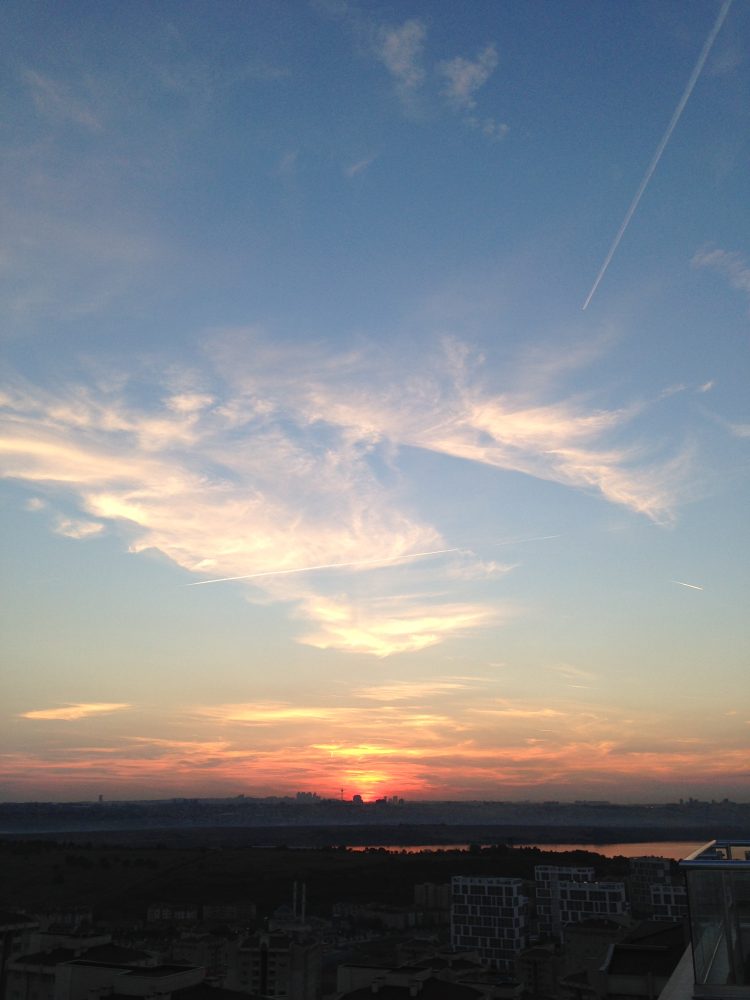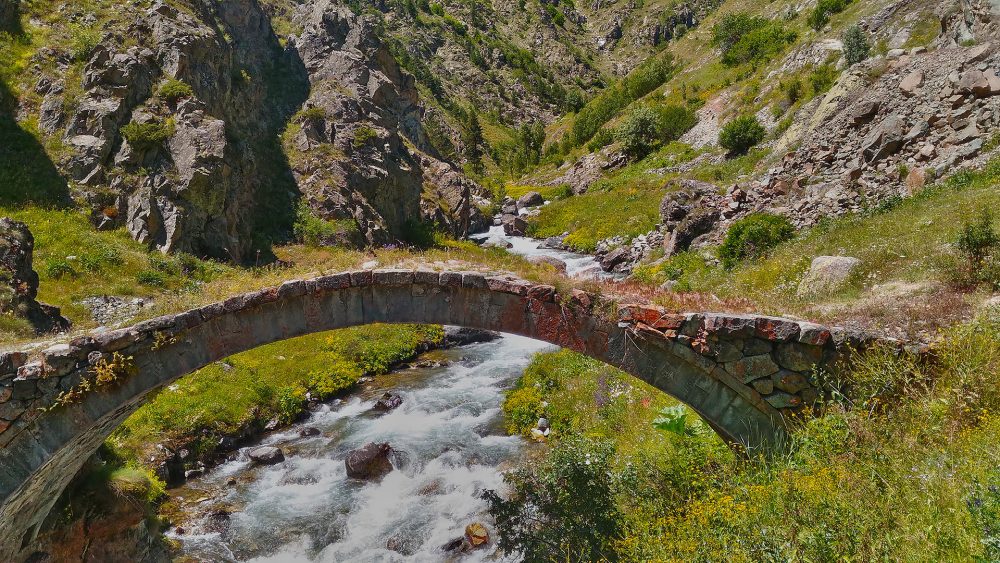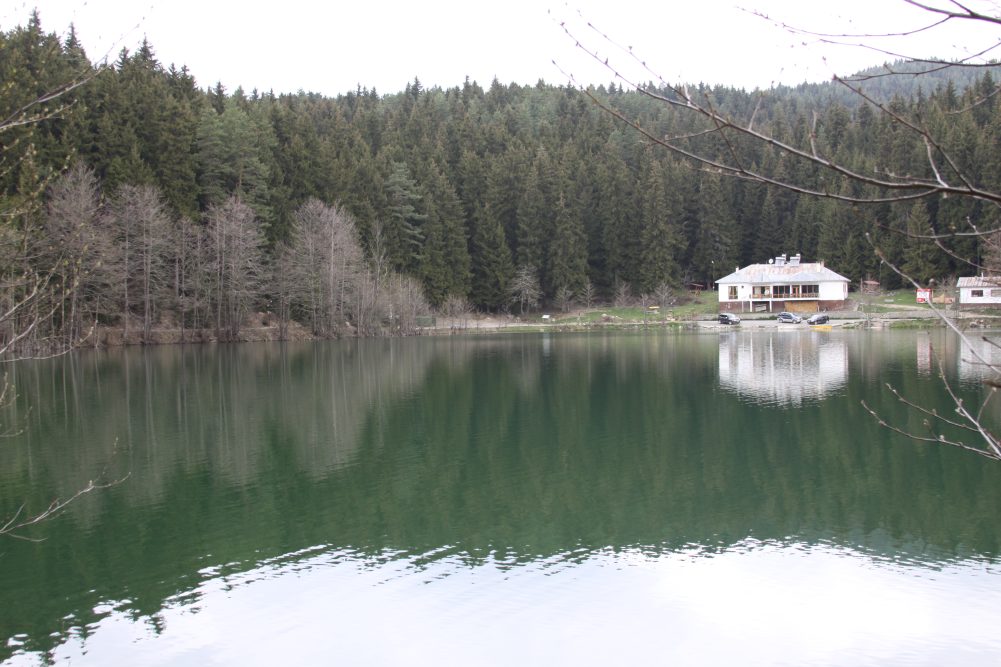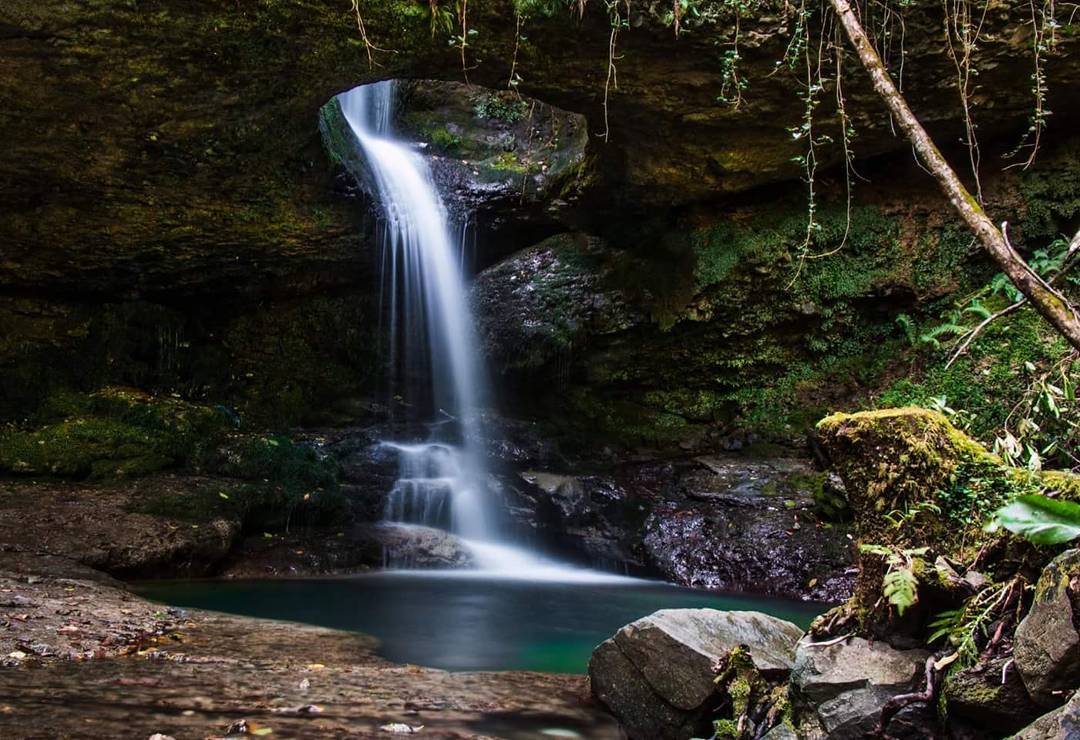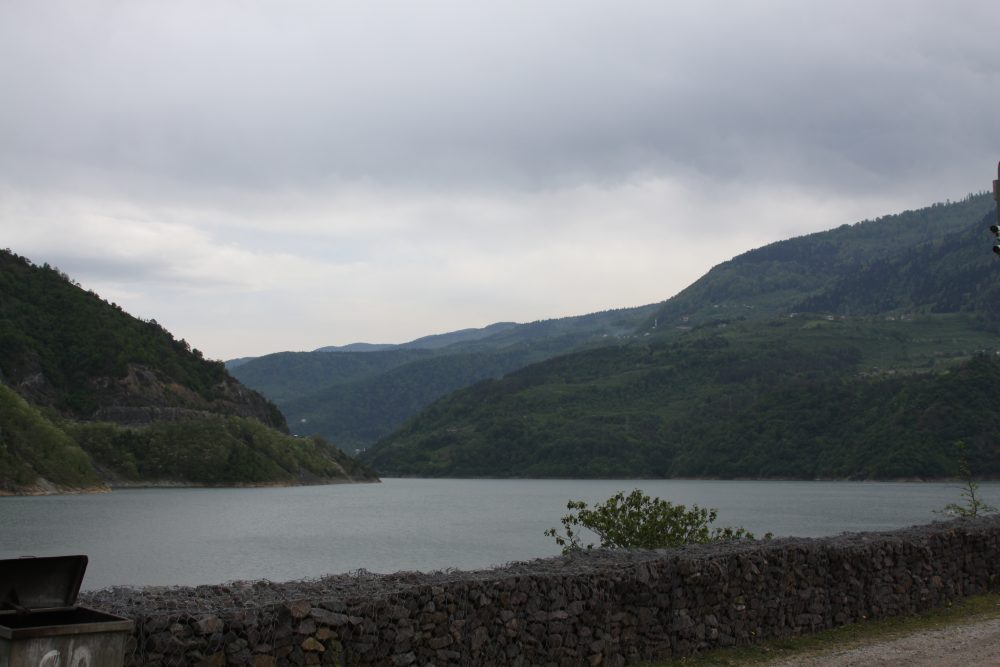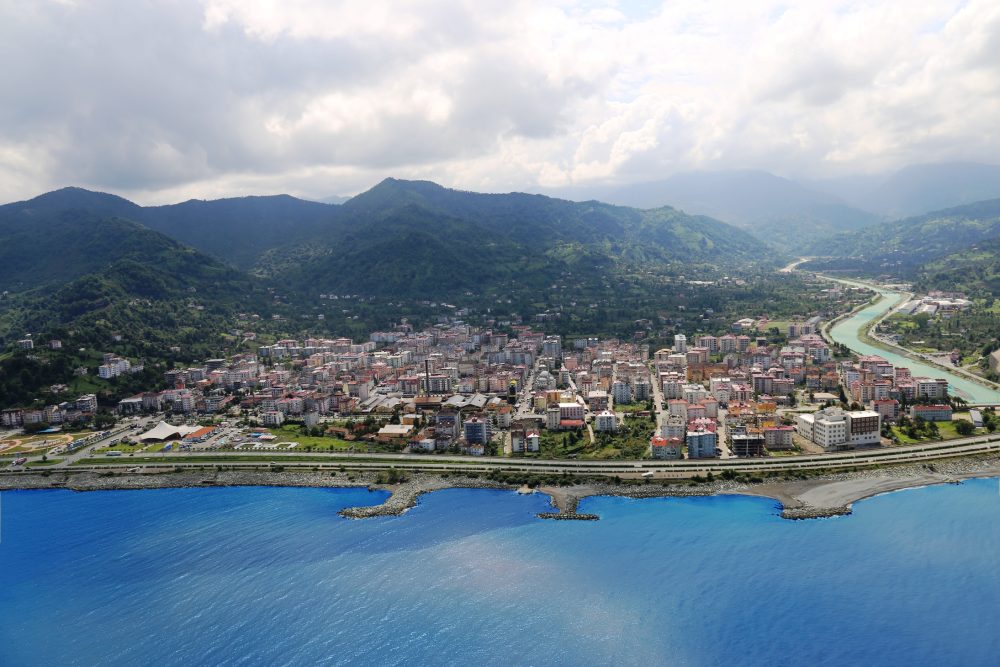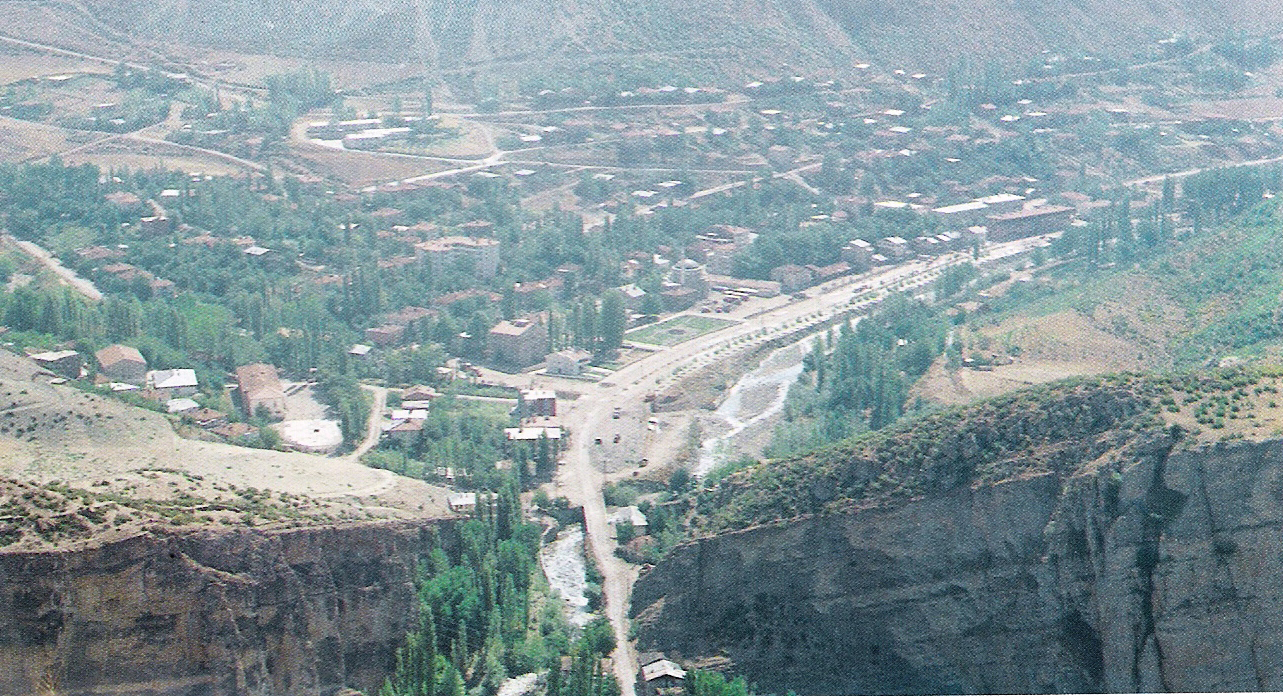History of Savsat: Şavşat was under the sovereignty of Urartians, Kimmerians, Saka Turks, Romans and Sasanians between 900 and 950 Re. According to historical sources, Urartu and Kimer tribes lived around Şavşat between the years 900-650 BC. The region remained in the hands of Saka Turks, Romans and Sassanids, respectively.
During the Trabzon Governorship of Yavuz Sultan Selim, when Rize Province joined the Ottoman lands, now the town of Gönye, near Batumi, surrendered spontaneously. After Sultan Selim returned to Trabzon, Artvin Beys wanted to be protected as well. After this, in the second expedition, Artvin, Ardanuç, Şavşat and Borcka circles joined the Ottoman lands and their beys were given semi-chiefdom. After Yavuz Sultan Selim left Trabzon, Şavşat, Ardanuç, Oltu, Tortum and Artvin left the Ottoman Empire again. It was taken for the administrative division of our conquered region (Georgia Province) and Artvin, Şavşat and Ardanuç were turned into sanjaks.
Following the start of the First World War and the entry of the Ottoman Government into the war, the Russian armies crossed our borders on 1 NOVEMBER 1914. Since the current Armenian hostility also increased the danger, a small part of the people of Şavşat were forced to migrate to Anatolia, leaving all their material possessions, due to the cutting of the roads of all the people of Ardanuç and Artvin.
Immediately after the agreement signed with the Georgians, the Eastern Front Commander Kazım Karabekir Pasha, who was waiting in Kars with his forces, was instructed. Our army, which departed from Kars on 22 FEBRUARY 1921, arrived in Ardahan on 23 FEBRUARY, the same forces later crossed the Sahara Mountain and recaptured Şavşat, Ardanuç, Artvin and Borçka, and included them in the Motherland without any further intervention.
Geographical Structure of Savsat: Şavşat is surrounded with high mountains. Karçal Mountains (3,537) are the subprefectural borders in west and northwest. Şavşat is rich in respect of its running waters. Number of glacial lakes exists in the area. The largest one of these lakes is the Lake KaragöL. it is a fruitful lake from irrigation and fishing viewpoint. The salmon trout is abundant. Another lake in the scope of National Parks is another lake like Karagöl, which is suitable for picnic. Şavşat has also number of springs of medicinal mineral water. The spa with its hot water in Çermik of Çoraklı village is medicinal for rheumatism. Şavşat is rich in respect of its plant cover. It has rich forestry areas, and any and all kinds of trees with large leaves in the lands with low altitudes. Winter is long in high altitude points.
Education and Cultural Structure of Savsat: In the subprefectural area there are 1 kindergarden 27 primary schools, 2 primary schools with board and 3 high schools for children’s education.
Şavşat is a rich subprefecture from tourism potential viewpoint. it has unique beauties with its double-floor wooden houses in villages and plateaus, forestry areas, lakes and trekking trucks.
Health Care Services of Savsat: Health care services are introduced in a State Hospital with 50 beds, and 46 rural health centers.
Economy in Savsat: Since Şavşat has the limited agricultural lands, traditional family-type farms and small sheep-pens are mostly seen. The agricultural activities on greenhouses have just been started due to a convenient area climate.
Savsat Cuisine
- Meals Made from Milk and Dairy Products
Cheese cake and cream cake.
Dishes Made of Vegetables and Wild Herbs
Mountain beet, bird food, gum, wild purslane, roasted chard, mallow. In addition, food is made from some herbs. Wrapping is made from fresh vine leaves, chard and cabbage.
Katmer, silor, pastry (with walnuts, cheese, minced meat, butter), kete, noodles, hankal, cereal, corn flakes, bişi, fetir, mafiş Turkish delight, çirğ, cimur, kançlama, pasta, ravioli, button pastries.
Winter roasts, kebabs made on wooden skewers are local specialties of meat dishes. Dishes such as keskek, gendima and şilav are made from grains.
Pumpkin dessert, Hasuta, kaysefe, zurbiyet, iron dessert, rice pudding, apple, pear, mulberry and grape pulps, ashura, baklava and honey delight are among the desserts.
Purşuk soup, ayran soup, tutç soup, ayran kalacoşu, eski soup, bulgur soup, onion soup, chincharian soup, plum soup, ğerğel soup, watery harşo, hele soup, zucchini soup, cut soup, beetroot soup are among the local soups.
Onion sauerkraut, potato dish, meatballs, flat doner kebab, chard dal dish, plum dish, yoghurt starter, milk egg, flour bowl, kaygana, chilbur, milk cannon, bulama (auguz), motrevli, papasela, cap, kapuska, çenço, Kuymak , Cheese melted, stuffed wrap, hail, onion dish.
Sauerkraut, pickled bean, pickled chard, pickled tomato, pickled salad, pickled Gimi.
Mulberry molasses, Cranberry syrup, pear molasses, grape molasses, cherry molasses, plum molasses, pear jelly, quince molasses, grape marmalade, cranberry marmalade, rosehip marmalade.
In addition, people of our region dry fruits such as mulberry, apple, quince, pear and make “kak” and consume them as snacks or compotes. Another indispensable part of Şavşat cuisine is the white potato grown in our region and consumed by boiling or baking.
PHOTOS FROM SAVSAT


